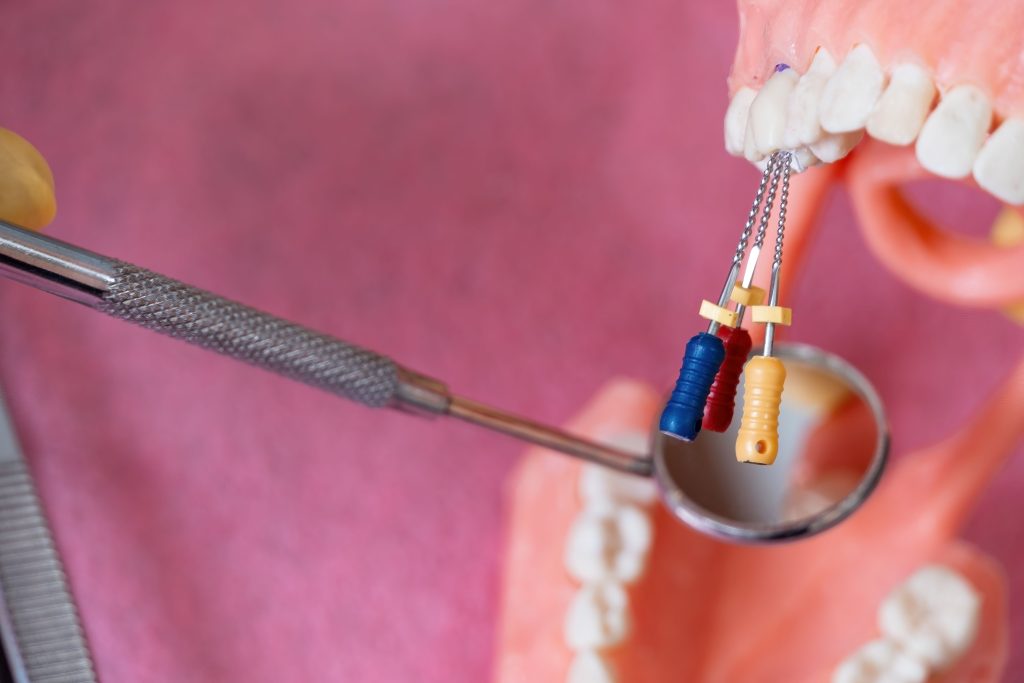Types of Root Canal Treatments
There are different types of root canal treatments depending on the situation and the type of affected tooth. Some of the most common are:
- Simple Root Canal: For teeth with a single root and canal, a less complex procedure is performed, involving the removal of the pulp and sealing of the canal.
- Multirooted Tooth Root Canal: Teeth with more than one root, such as molars, require a more detailed procedure to clean and seal all root canals.
- Root Canal Retreatment: In cases where a previous treatment was not successful, a retreatment is performed to resolve persistent issues, such as recurring infections.
- Surgical Root Canal: In complex cases where the canal cannot be accessed conventionally, surgery is performed to remove the infected tissue.
Root Canal Treatment Costs
The cost of a root canal treatment varies depending on several factors, such as the complexity of the case, the type of affected tooth, and the location of the procedure. Root canal treatments on posterior teeth, such as molars, are usually more expensive due to the complexity of the root canals.
It is important to remember that cost should be considered alongside treatment quality. A well-performed root canal treatment can save a tooth that would otherwise require extraction, resulting in significant long-term savings.
Advantages of Root Canal Treatment
Root canal treatment offers several advantages compared to extracting the affected tooth, including:
- Preservation of the Natural Tooth: Instead of extracting the damaged tooth, a root canal allows it to be preserved, which is essential for maintaining chewing function and preventing tooth displacement.
- Prevention of Complications: Treating infected pulp prevents the infection from spreading to other parts of the body, reducing the risk of serious health issues.
- Long-Term Stability: With proper restoration after treatment, the tooth can last for many years, providing a durable and effective solution.

Innovations in Root Canal Treatment
Root canal treatments have seen significant advancements in recent years, improving precision, efficiency, and patient comfort. Some of the most notable innovations include:
- 3D Technology: The use of three-dimensional imaging allows dentists to plan treatments more precisely and detect potential complications before starting the procedure.
- Surgical Microscopes: The use of microscopes allows dentists to work with greater visibility, improving precision and reducing the risk of complications.
- Rotary Instruments: The use of state-of-the-art rotary instruments speeds up the process of cleaning root canals, making it more efficient and less invasive.
- Faster Treatments: Advances in techniques and materials have made root canal treatments quicker and less painful, enhancing the patient experience.
Post-Treatment Care and Maintenance
To ensure treatment success and the longevity of the treated tooth, it is important to follow these post-operative care recommendations:
- Maintain proper oral hygiene by brushing and flossing regularly.
- Avoid chewing hard or sticky foods on the treated tooth until a permanent restoration is placed.
- Attend regular check-ups with your dentist to ensure the treated tooth is functioning properly.


